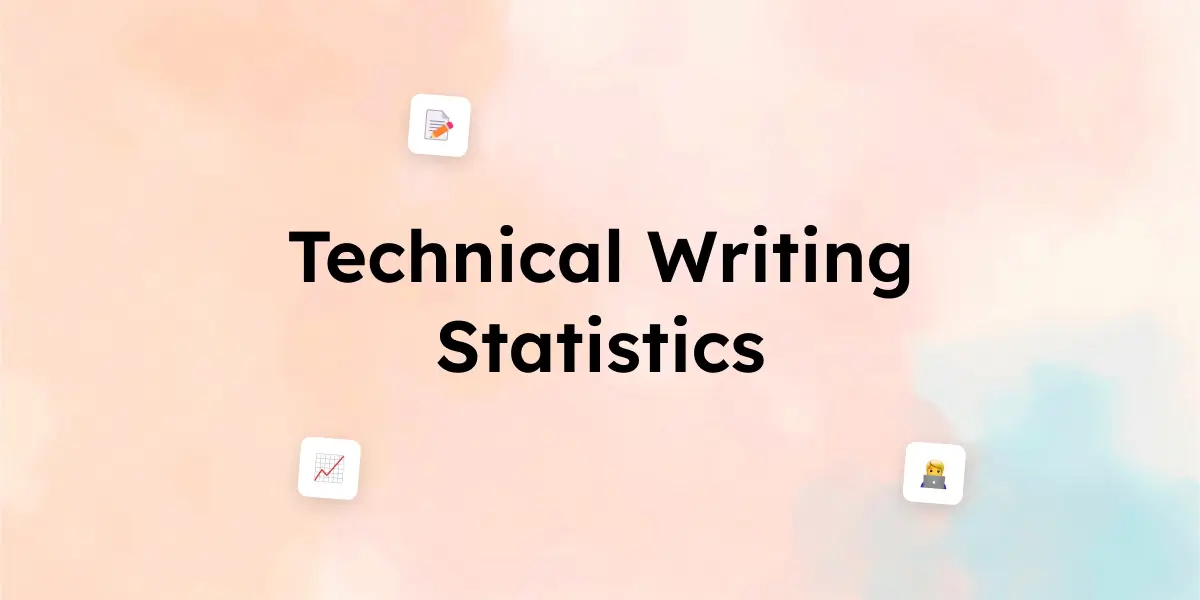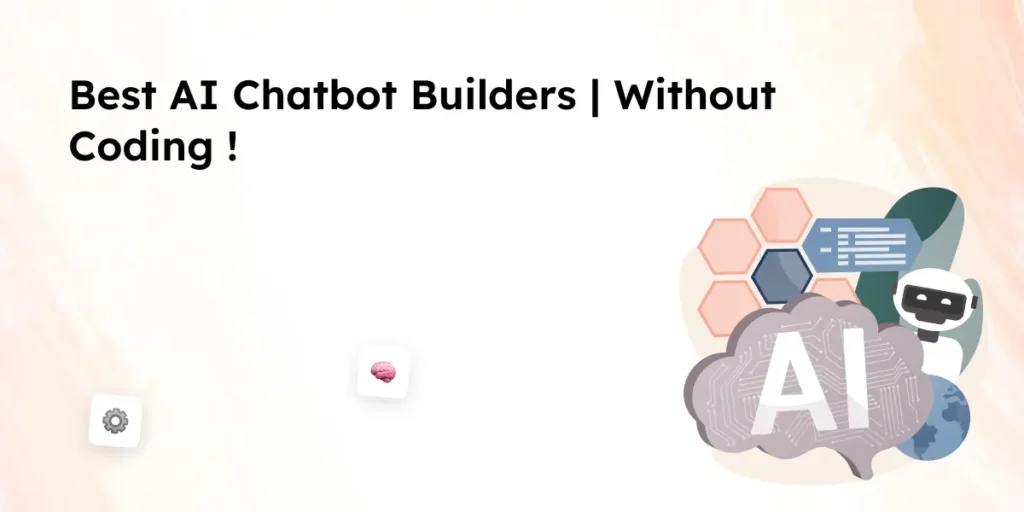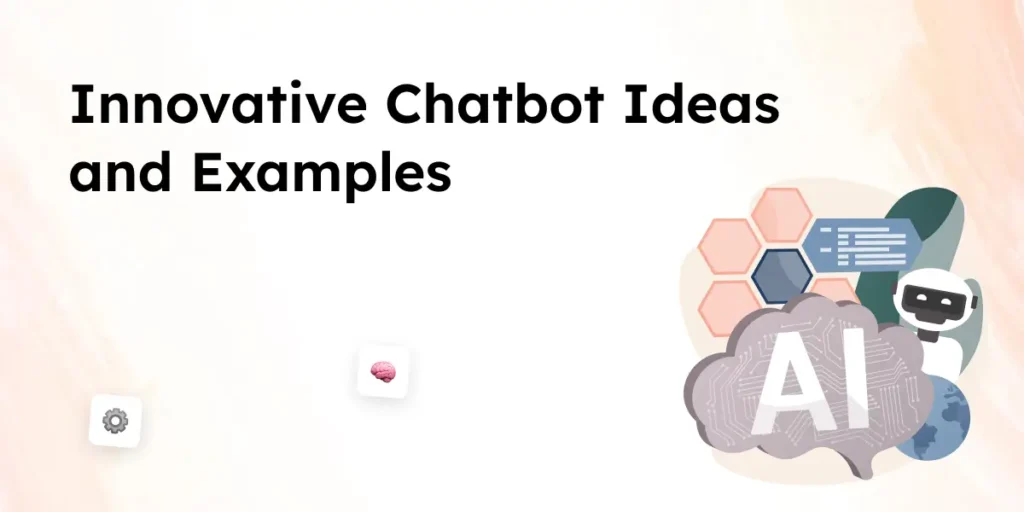In an increasingly digital world, technical writing plays a critical role in simplifying complex concepts for users. From software documentation to instructional manuals, technical writers bridge the gap between technology and user experience. But what does the state of technical writing look like in 2025?
This article dives into 25+ essential statistics on industry growth, salaries, tools, AI impact, and documentation trends. Whether you’re a technical writer, business owner, or industry analyst, these insights will help you stay ahead of the curve.
25+ Technical Writing Statistics
1. Industry Growth & Demand 🚀
- The technical writing industry is expected to grow 7% from 2022 to 2032, adding about 4,500 new jobs annually .
- 72% of businesses say high-quality documentation improves customer satisfaction.
- Over 60% of organizations report that clear technical documentation reduces support tickets by 30% or more .
2. Salary & Job Market 💰
- The median salary for technical writers in the U.S. is $81,500 in 2024.
- Freelance technical writers earn an average of $40–$70 per hour, with top professionals making $100+ per hour .
- 85% of tech companies hire or outsource technical writing projects.
- AI-assisted writing is predicted to replace 20% of routine documentation tasks but increase demand for human oversight.
3. Content & Documentation Trends 📝
- Structured authoring tools (e.g., DITA, Markdown) are used by 45% of tech writers for better scalability .
- 80% of developers prefer API documentation with clear examples over detailed explanations.
- Video-based documentation is growing fast—65% of users prefer a mix of text and video.
- Interactive documentation (e.g., Swagger, Postman) is used by 58% of companies for APIs.
4. Tools & Technology in Technical Writing 🛠️
- The most-used documentation tools in 2025:
- Markdown (55%)
- MadCap Flare (42%)
- RoboHelp (38%)
- Confluence (35%)
- Docs-as-Code tools (e.g., MkDocs, Sphinx) (30%)
- 70% of technical writers use AI-powered tools (Grammarly, ChatGPT, Jasper) for first drafts.
- Docs-as-Code adoption increased by 25% in the last three years among software teams .
5. User Experience & Readability 🎯
- 92% of users say they hate jargon in technical content.
- Readability scores matter—content written at a 7th- to 9th-grade reading level sees 40% more engagement.
- 50% of documentation users abandon docs if they don’t find an answer within 90 seconds.
- Bullet points and summaries improve comprehension by 35%.
6. AI & Automation in Technical Writing 🤖
- AI-generated documentation is expected to double by 2026, but human editing remains crucial for accuracy.
- Chatbots & AI assistants handle 40% of basic documentation queries in support centers .
- 60% of technical writers believe AI can speed up documentation but not replace creativity.
7. Challenges & Future Outlook 🔮
- 30% of technical writers say keeping up with new tools is their biggest challenge .
- Cross-team collaboration is critical—75% of writers work closely with engineers & product teams.
- The biggest complaint from users? Outdated documentation—50% say it’s a major frustration.
- Microcontent (short-form docs) is on the rise, with 37% of companies shifting toward snackable content .
- Localization matters—48% of companies now translate documentation into multiple languages.
Conclusion
The landscape of technical writing in 2025 is shaped by AI advancements, interactive documentation, and increasing demand for clear, user-friendly content. While automation and AI tools are streamlining workflows, the need for skilled technical writers remains strong.
Companies that invest in well-structured, accessible documentation are not only improving user experience but also reducing support costs and enhancing product adoption. As the industry evolves, continuous learning and adaptability will be key for technical writers looking to thrive in the future.
FAQs (Frequently Asked Questions)
1. Is technical writing a good career in 2025?
Yes! The technical writing industry is growing by 7% between 2022-2032, with strong demand across tech, healthcare, and finance. The median U.S. salary is $81,500, making it a lucrative career choice.
2. What are the most in-demand skills for technical writers?
The top skills include structured authoring (DITA, Markdown), API documentation, UX writing, and AI-assisted writing. Additionally, soft skills like collaboration and adaptability are essential.
3. How does AI impact technical writing?
AI tools (like ChatGPT, Grammarly, and Jasper) help automate routine documentation but cannot replace human expertise. AI speeds up writing, but writers are still needed for critical thinking, accuracy, and user engagement.
4. What documentation tools are most popular in 2025?
The top tools include Markdown (55%), MadCap Flare (42%), RoboHelp (38%), Confluence (35%), and Docs-as-Code tools like MkDocs and Sphinx (30%).
5. How can companies improve their technical documentation?
Key improvements include:
✅ Using plain language (jargon-free content)
✅ Incorporating interactive and video documentation
✅ Keeping docs updated and well-structured
✅ Implementing AI-assisted tools for efficiency
📚 Sources for Technical Writing Statistics (2025)
1️⃣ U.S. Bureau of Labor Statistics (BLS)
2️⃣ Upwork Freelance Report 2024
3️⃣ Wyzowl Video Documentation Report 2024
4️⃣ Gartner AI & Automation Report 2024



